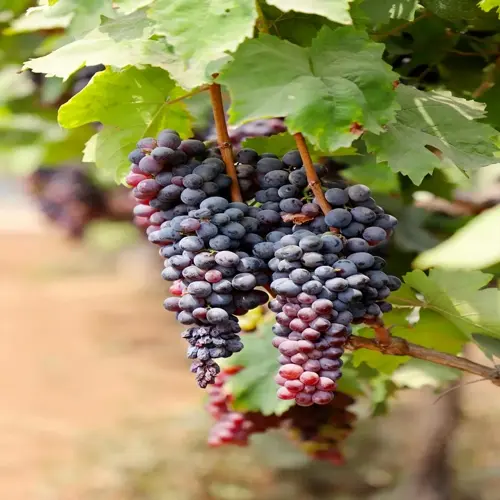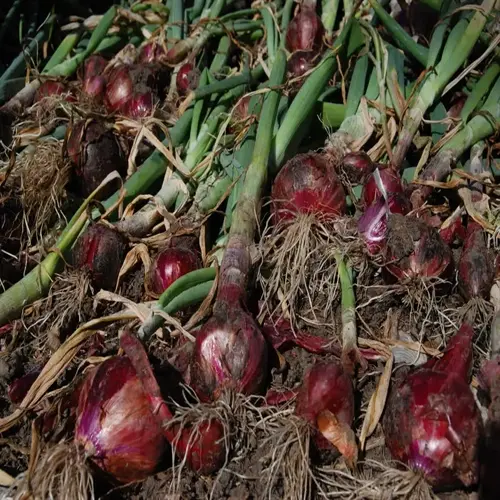Should pears ripen on the tree or after picking?

Written by
Julia Anderson
Reviewed by
Prof. Martin Thorne, Ph.D.The tree ripeness dilemma primarily depends on the pear variety. European varieties, such as Bartlett, will form gritty stone cells if left on the tree for too long, while Asian varieties, like Hosui, will produce peak flavor only when tree-ripened. I figured this out the hard way after degrading my first harvest.
European Pears
- Harvest firm and yellow-green before full ripeness
- Require 7-14 days conditioning at 60-65°F
- Ethylene exposure accelerates texture transformation
Asian Pears
- Leave on tree until golden yellow and crisp
- Ready to eat immediately after harvesting
- Refrigerate promptly to maintain apple-like crunch
Critical Differences
- Never condition Asian pears or they turn mealy
- European pears won't sweeten without conditioning
- Separate storage prevents accidental ethylene exposure
Conditioning European pears changes their texture completely. I put them in paper bags with bananas at room temperature. This controlled ethylene exposure causes them to develop that buttery softness. The opposite is true for Asian pears, which lose that crispness.
Storage Methods vary greatly after harvest. I cool ripe Europeans to 32-35°F following conditioning. Asians are cooled directly off the harvest. Never mix in storage. One season, I lost my Asian pears due to unwanted ethylene exposure from nearby apples.
Steer clear of these major mistakes I made partway through my early practice. Picking a European too late gives it a forever-gritty texture. The Asian pear picked too early lacks sugar. Conditioning both types together mucks up the end textures. Getting that right makes all the difference and allows you to repeat great results every season.
Read the full article: When to Harvest Pears: Complete Guide

